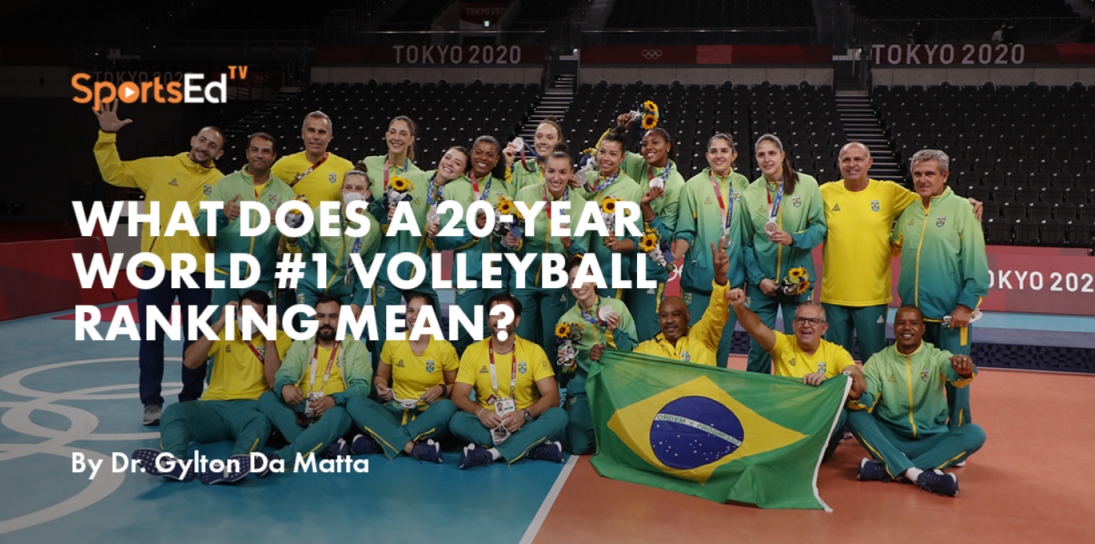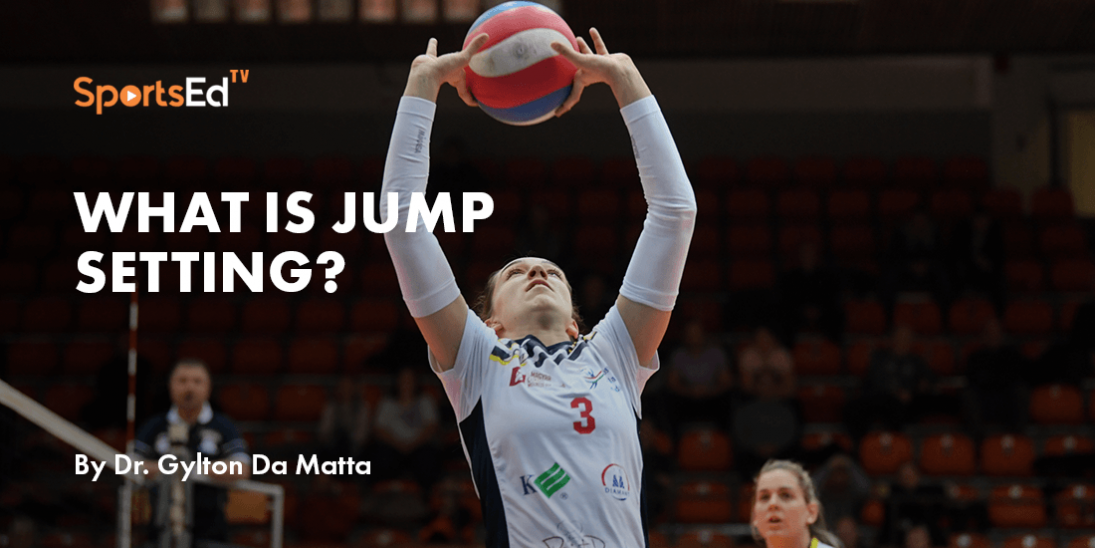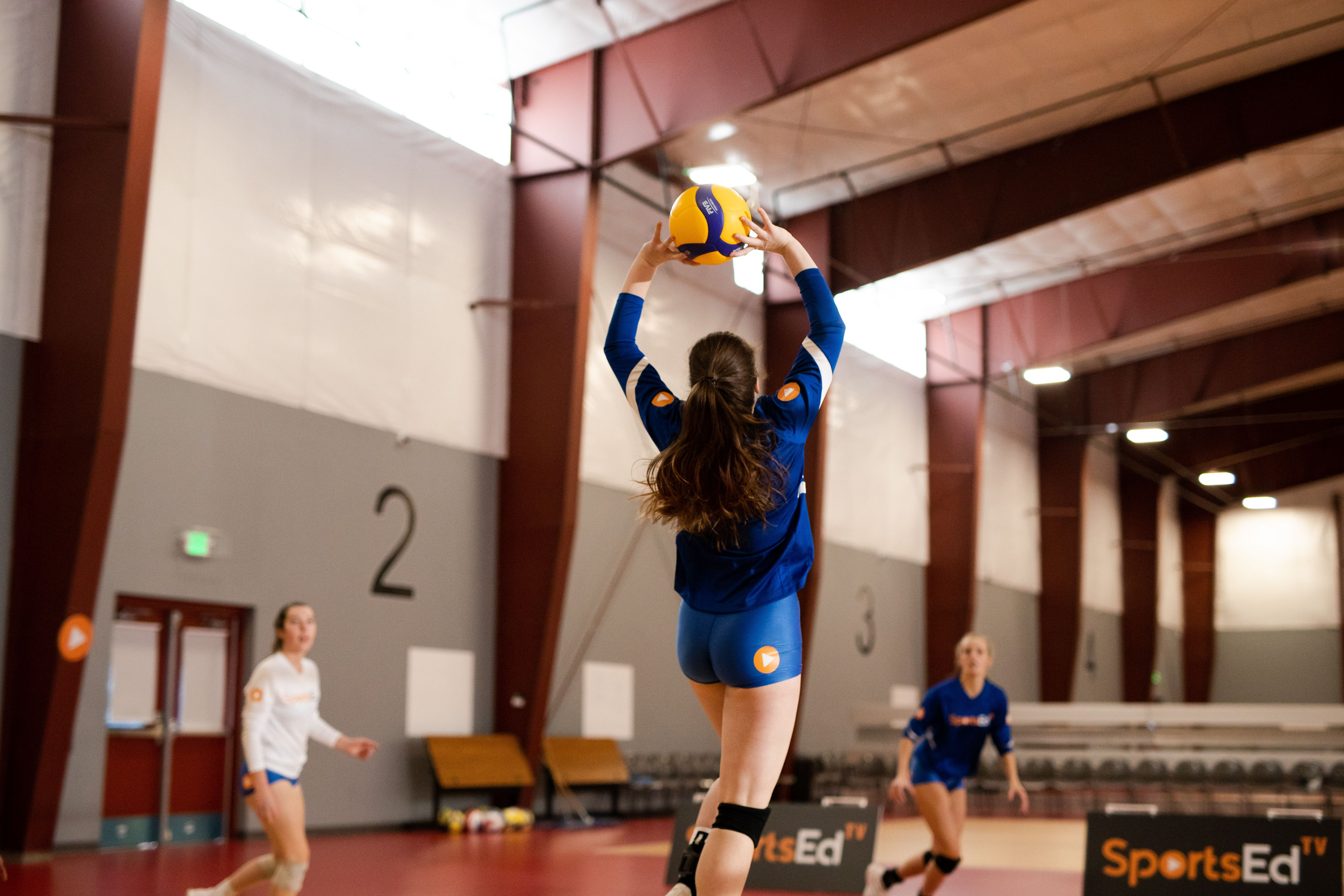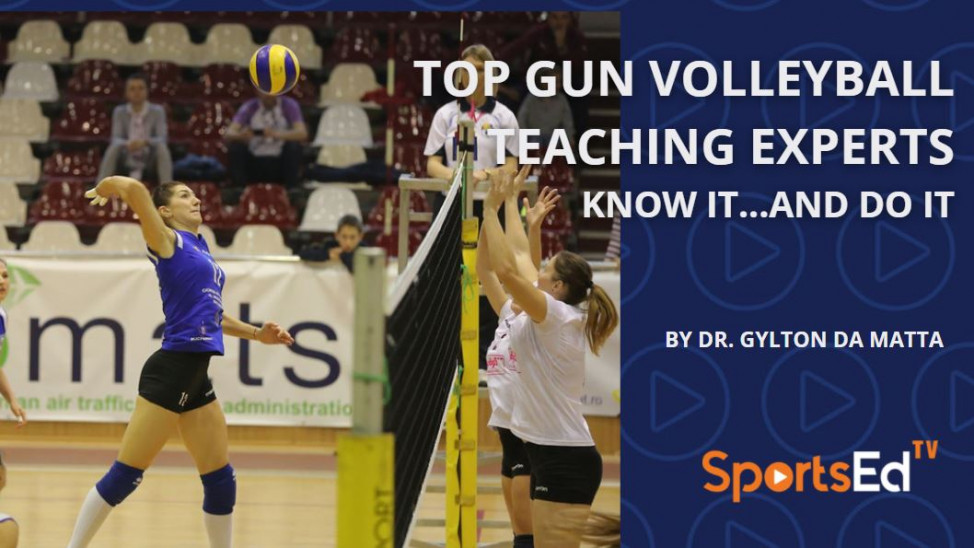Volleyball
Welcome and thanks for visiting...

Deliberate Practice Method Spiking Teaching Principles
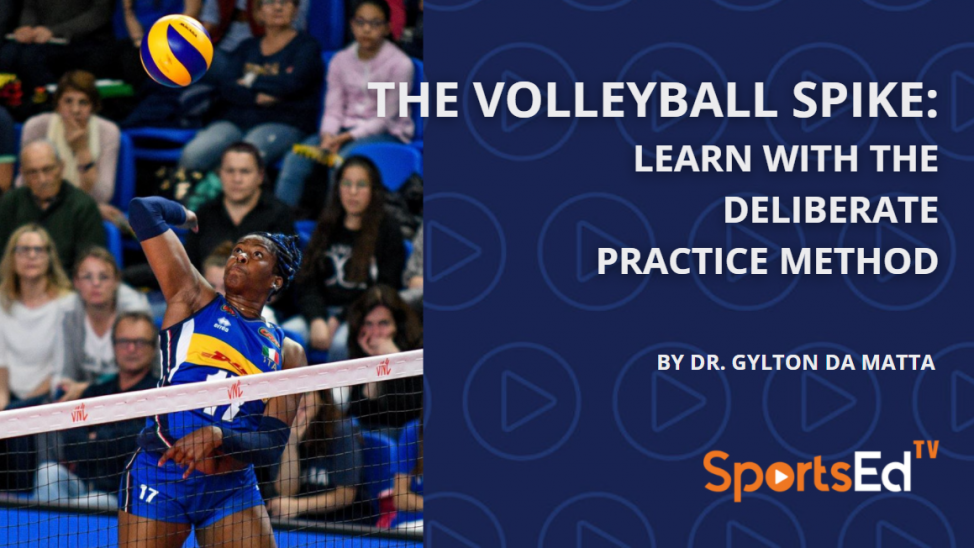
The understanding and application of the scientific principles of sports methodology of training embrace all the teaching principles. One major dilemma for volleyball coaches is not knowing how to teach the critical skills of the game. We are all learning together how to teach effectively! Acquiring content knowledge, pedagogical knowledge and position-specific knowledge requires research and investment in professional development. Above all coaches need to know all players well and in detail so, having a great assessment tool and a system for developmentally analyses of all skills is the key for the success so from pre-season (which is short but can be extended throughout the season!), the preparation and competitive phases will be a huge factor to make practice meaningful, efficient, and fun.
The purpose of the Deliberate Practice Volleyball Method is to create a system of training advanced youth, young adults, and also elite players based on their level of expertise. These tasks are designed to maximize learning and increase the capacity of performance of volleyball players who are already advanced performers. In this article, I want to address how to teach complex skills from a methods approach which I have learned from Dr. Judith Rink.
Using the whole-part-whole, the first stage of the method consists of showing the whole skill or how the whole skill happens in real-time in the game. For instance, in the case of spiking the expert teacher must select models that resemble good form. Not all top players have the best technique. Therefore, the teacher/ coach must check in the models of technical expertise what techniques and what volleyball players best represent the perfect example of the skill taught. Below, we have an example of the whole skill that Coach Lee and I broke down in our Volleyball International Camp in North Carolina.
According to the method, the teacher should be able to demonstrate the whole skill and/or to present the whole task that will be trained. Understanding the skills is a cognitive dimension of the process. Therefore, the first task consists of the teacher INFORMING the learner what the skill is and why that skill is important so both, relevance and meaningfulness increase the motivation to learn the skill. Once the task presentation groundwork is set, then, it is important that the teacher organize the task in a sequence and/or in a logical order which is either progressive or back wise. After the informing task, then all players must practice the foundational skill as an EXTENSION (extension task). When players were able to repeat one extension several times (2 – 3 minutes), then the coach/teach can intervene with some feedback, feedforward, or with REFINEMENTS (refinement tasks) that will polish the original extension task but with some variability of the speed, direction, complexity, or combination with other fundamentals. In the next 15-20 minutes all players should be engaged and focus their attention on the critical elements of that particular skill, then, if the skill demonstrated by the learners is satisfactory, the teachers should design an APPLICATION, to consolidate learning that given skills with more repetitions, more speed, and/or in a modified game situation.
Below we give an example of a refinement task, which consists of players executing the spike approach focusing on cut shots into their midlines, or outwards their midlines. In a game situation, frequently, hitters face a well-set double block. The hitter can increase their ability to beat the block by mastering cut shots (cut in, cut out, speed straight and tool the block). That is what experts do! This is a great example of a refinement task!
MAIN GOAL: to demonstrate an example of a developmental analysis in volleyball spiking.
WHY/PURPOSE: According to the Deliberate Practice Volleyball Method (Dr. Da Matta, 2021), coaches should use the whole-part-whole approach for complex skills such as the volleyball spike. Moreover, it is important to demonstrate the whole skills, use the informing task, extension tasks with variations, use refinement tasks with feedback or feedforward, and finally, apply the skill learned into modified games or with plenty of repetitions as application tasks.
Thus, as I have mentioned previously, volleyball players need to re-wire their movement concepts to be able to contact the ball, in front of their bodies and in their midline so they can: 1. reach the ball at their maximum reach; 2. Perform cut shots around the simple and double blocks; 3. Perform the cut shots with power & accuracy; 4. Be able to land on two feet and be safe and injury-free.
HOW:
- Taking off with a well-balanced jump and keeping the ball in front of their bodies.
- The ball should be aligned in the centerline of the body (positioning the hitting shoulder in the direction of the ball will constraint the cut-back shot).
- Maintaining the hips stable but generating power through hip extension (before contact) and flexion (at the point of contact).
- Keeping elbows high and above ears, so the wrist acceleration will produce angular momentum (power).
- Maintaining the whole body relaxed to maximize timing. The hyper contraction will generate “tunnel vision” and affect the ability to “see” the blockers due to reducing the peripheral vision field. It also affects timing!
HOW TO APPLY THIS TECHNIQUE:
When the blockers are in the air, you (the hitter) can see the holes and where the blocking hands are positioned. If there is a hole between two blockers you should accelerate your swing and hit in between the blockers (seam).
If a double block is drifting into the extremities of the net, you should use the cut towards cross.
If a double block is jumping early at cross, then you should perform a cut shot line (parallel).
The cut shots are also tactically effective to tool the block and to win the point by using a block out (hit at the hands of the blockers and force the ball to go out of bounds)! Another good example of an application task would be to repeat 10 times, hitting the ball “in” and “out” (meaning using the cut shots), without interruption.
CONCLUSION
Perhaps, 30 years ago, it would be ok to teach volleyball players to spike using the holistic method. But, the coaches that adopted this approach, in my opinion, can not develop volleyball players with the same finesse, precision, skills, and accuracy as the players that were trained through the use of progressions and more specifically who adopted the Deliberate Practice Volleyball Method. Some of the top players (best MVP players in the past three world championships) who had demonstrated more than 30,000 hours of volleyball practice showed a quality of movement performance superior to all of their volleyball counterparts.

